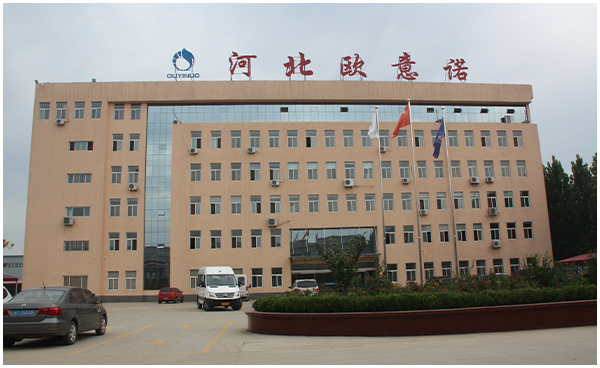
Nov . 13, 2024 11:18
Back to list
gas pressure reducing station
Gas Pressure Reducing Station An Essential Component of Natural Gas Infrastructure
In the modern world, the infrastructure that supports the delivery of natural gas is critical for powering homes, businesses, and entire industries. Among the various components that make up this intricate system, the gas pressure reducing station (GPRS) plays a crucial role in ensuring safety, efficiency, and reliability in the transport and distribution of natural gas.
What is a Gas Pressure Reducing Station?
A gas pressure reducing station is a facility designed to reduce the high pressure of natural gas supplied from transmission pipelines to a lower pressure suitable for distribution to end-users. High pressure is necessary during transportation across long distances to keep the gas flowing efficiently; however, when it reaches its final destination, the pressure must be lowered to a safe and manageable level.
The Need for Pressure Regulation
Natural gas is transported through a network of pipelines that maintain varying pressure levels. High pressure helps in minimizing gas losses and maximizing delivery efficiency. However, most residential, commercial, and industrial appliances operate at relatively low pressures. Therefore, pressure regulation is essential to ensure that the gas flows safely and effectively into homes and businesses.
Without proper regulation, the high pressure could pose severe risks, including equipment damage, gas leaks, and even explosions. The GPRS acts as a safety mechanism in this regard, providing a controlled environment that reduces pressure to the desired level while maintaining the integrity of the gas supply system.
Components of a Gas Pressure Reducing Station
A typical gas pressure reducing station consists of several key components
1. Pressure Regulators These devices are the heart of the pressure reducing station. They automatically adjust the pressure of the gas as it flows through the system, ensuring it remains within safe limits.
gas pressure reducing station

3. Instrumentation and Control Systems Modern GPRS are equipped with advanced monitoring and control systems that provide real-time data on gas pressure, flow rates, and overall system performance. This enhances operational efficiency and allows for timely maintenance.
4. Safety Devices Pressure relief valves and other safety mechanisms are integrated into the design to prevent over-pressurization and protect both the facility and the surrounding environment.
5. Bypass and Metering Equipment In some stations, bypass lines and metering equipment are included to allow for maintenance or modification without disrupting the gas supply to customers.
Operational Protocols and Safety Measures
Operating a GPRS involves adhering to stringent safety regulations and protocols to minimize risks. Operators are trained to monitor pressure levels continuously, ensuring that any anomalies are detected swiftly. Regular maintenance checks are essential to verify the functionality of all components, including the pressure regulators and safety devices.
Emergency response plans are also integral to the operation of a gas pressure reducing station. These plans outline procedures to follow in case of a gas leak or other emergencies, thus safeguarding both the personnel working at the station and the surrounding community.
The Future of Gas Pressure Reducing Stations
As the demand for natural gas continues to grow, coupled with advancements in technology, the design and operation of gas pressure reducing stations are evolving. Innovations such as remote monitoring and automated control systems enhance efficiency, while smart grid technology can provide better demand management strategies.
Additionally, as the world shifts towards cleaner energy sources, integrating renewable energy with existing gas infrastructure will become increasingly important. GPRS will need to adapt to accommodate biogas and hydrogen, setting the stage for a more sustainable energy future.
Conclusion
Gas pressure reducing stations are indispensable in the natural gas supply chain. By ensuring that gas is delivered at safe and manageable pressures, these stations not only protect infrastructure but also promote efficiency and safety. As technology advances and the energy landscape evolves, GPRS will continue to play a pivotal role in the delivery of energy, making them a cornerstone of our modern energy infrastructure.
Next:
Latest news
-
Safety Valve Spring-Loaded Design Overpressure ProtectionNewsJul.25,2025
-
Precision Voltage Regulator AC5 Accuracy Grade PerformanceNewsJul.25,2025
-
Natural Gas Pressure Regulating Skid Industrial Pipeline ApplicationsNewsJul.25,2025
-
Natural Gas Filter Stainless Steel Mesh Element DesignNewsJul.25,2025
-
Gas Pressure Regulator Valve Direct-Acting Spring-Loaded DesignNewsJul.25,2025
-
Decompression Equipment Multi-Stage Heat Exchange System DesignNewsJul.25,2025

